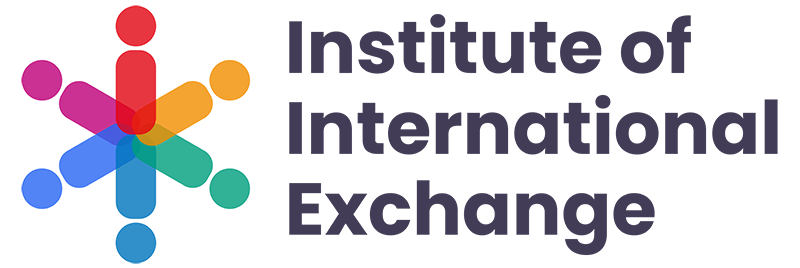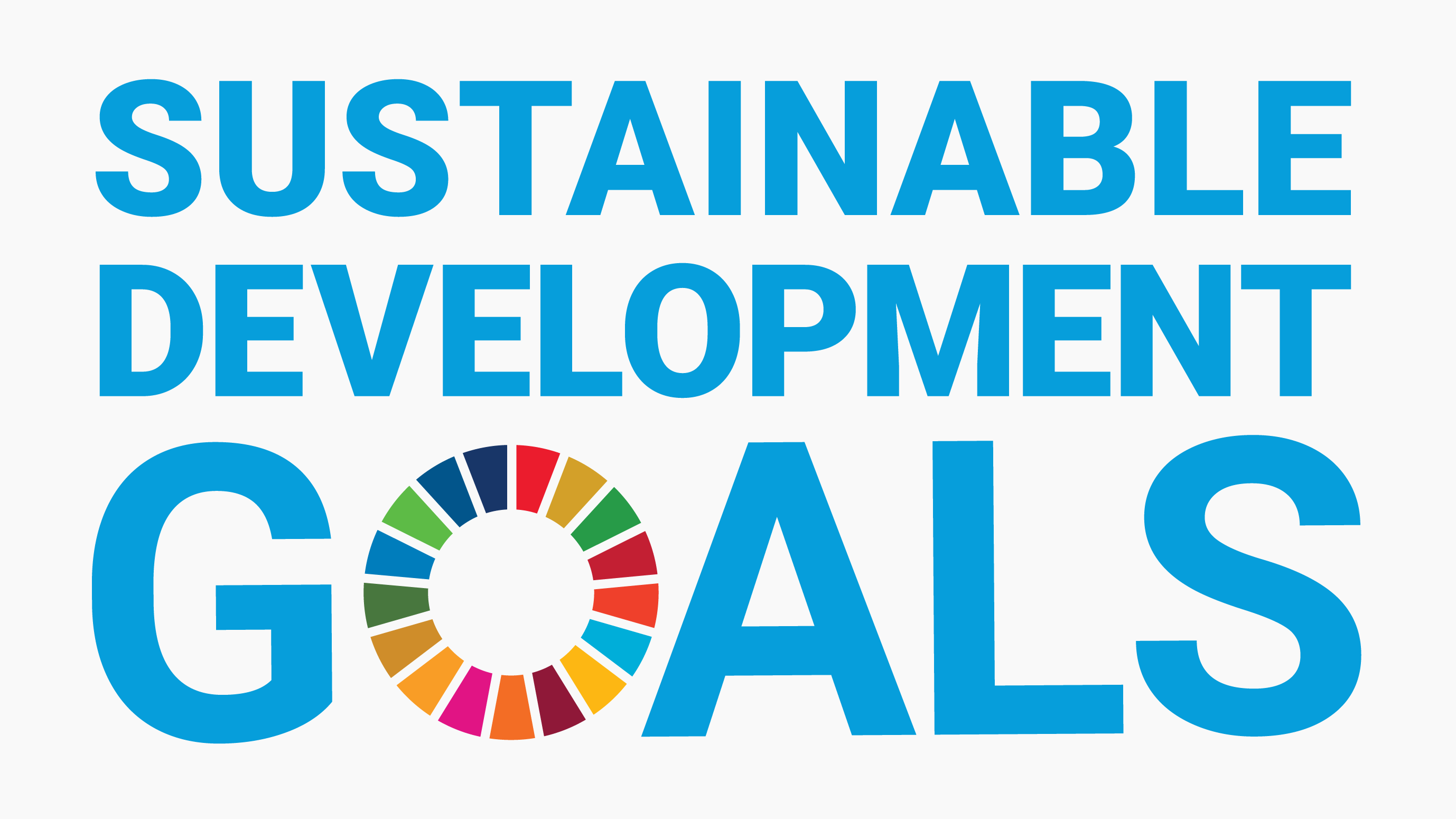Research and analysis of 5G development strategy initiatives, taking the United States, China, and South Korea as examples

In 2020, the world is ushering in digital transformation at an even faster pace, reshaping the critical role of technology in the way we work, learn and live.
At the same time, the COVID-19 reveals a long-standing problem: billions of people still do not enjoy the universal right to access the Internet.
Many rural and low-income communities around the world, including those in large urban areas, lack reliable, affordable Internet access; these people will further lose access to the benefits of technology as more devices and systems that rely on Internet connectivity emerge, according to John Ross, global chief technology officer for Dell Technologies, in an article on the World Economic Forum website. An open, modern 5G infrastructure built by the telecom, cloud and IT industries, on the other hand, can help bridge this digital divide.
Although the COVID-19 has slowed down the global 5G penetration, after more than 2 years of efforts, the global 5G development is in good shape. According to GSA statistics, as of mid-April 2021, 162 operators in 68 countries or regions around the world have launched 5G services. In the past two years, the United States, China and South Korea, as the first echelon of global 5G commercialization, have shown different characteristics of 5G development, providing valuable experience for the subsequent full rollout of 5G applications.
In the U.S., according to data disclosed by Omdia, the size of 5G subscribers in the U.S. is modest at 9.9 million in 2020, down from the previously forecasted number of subscribers due to the epidemic. Although the speed of 5G user penetration in the U.S. is not as fast as in countries such as China and South Korea, the U.S. is a relative leader in technologies such as millimeter wave and dynamic spectrum sharing (DSS), with millimeter wave commercial deployments already underway in several cities such as New York, Los Angeles, and Chicago, while all three major U.S. carriers are already offering millimeter wave 5G commercial services. In March 2021, the Center for Strategic and International Studies released the U.S. Accelerating 5G report, which concluded that the U.S. should build on its innovation and investment advantage, with infrastructure deployment, securing the supply chain, and accelerating 5G use as development priorities.
In China, by the end of May 2021, there were more than 819,000 5G base stations and more than 335 million 5G terminal connections. The average download rate of 5G user experience was 374.2Mbps and the upload rate reached 31.4Mbps, both more than 10 times that of 4G.
Industry convergence is at the heart of China's drive for 5G adoption.
Universal capabilities are the foundation of 5G's ability to empower thousands of industries
Application solution providers are the new initiative for 5G applications
In South Korea, the cumulative number of 5G subscribers reached 14.48 million as of March 2021, with a penetration rate of 20.4% of total mobile subscribers. On the one hand, the 5G traffic effect is obvious. The average monthly traffic of 5G users is around 25-26GB, and the traffic usage is more evenly distributed, which is closely related to the fact that 5G applications in Korea focus more on ordinary users rather than head traffic customers. On the other hand, operators have launched massive application services. Taking VR/AR as an example, the number of application experiences of one telecom operator, LG U+ in Korea, reached 4,800 as of the end of 2020, involving theater, music, education, cloud games, children's libraries, AR navigation, home shopping, 3D+8K baseball games, etc., which became the main driver of user and traffic growth. Overall, there are two approaches to driving 5G penetration in Korea that are worth noting.
Focus on individual consumer markets to drive rapid 5G penetration
Application-driven 5G network construction and related standards development
In addition, in terms of 5G private networks, Korean regulators will provide additional 5G spectrum resources to companies, and non-telecom operators can also participate in bidding for spectrum resources, and the higher the frequency band, the lower the price.
Internet connectivity for all is an integral part of an equitable society and one of the key goals of the UN Sustainable Development Goals. We will continue to explore the characteristics and insights of global 5G development to provide lessons for countries.
About Us
Institute of International Exchange is an international non-governmental and non-profit organization. We hope to build an equal and friendly platform for exchanges and cooperation around the world.
© 2023 Institute of International Exchange




